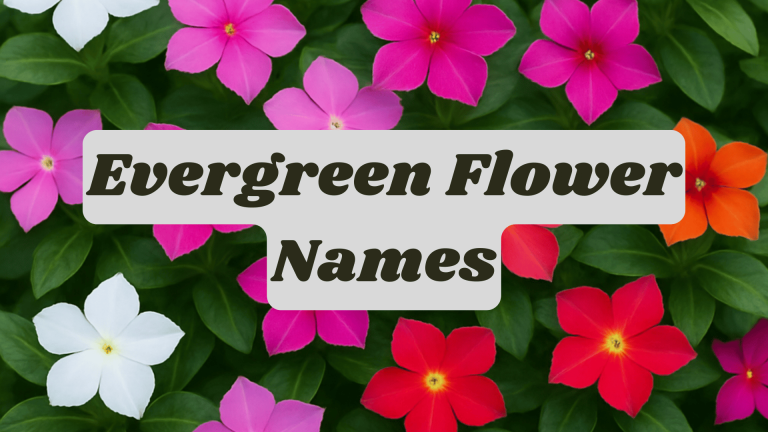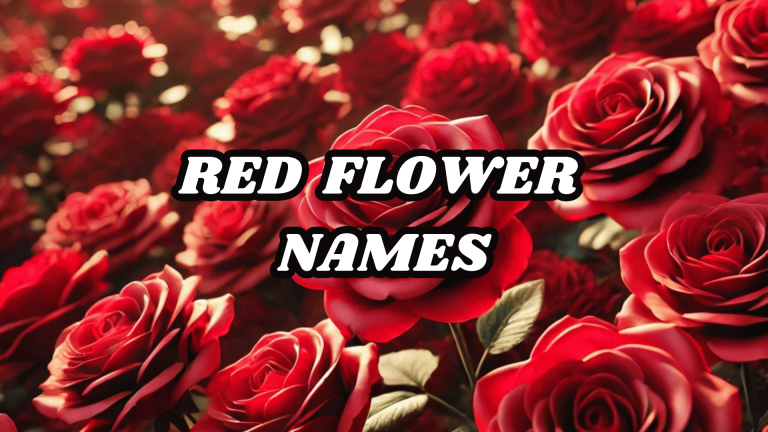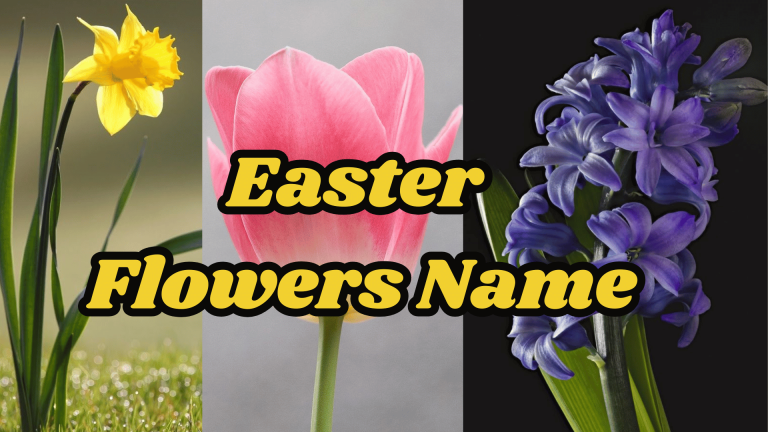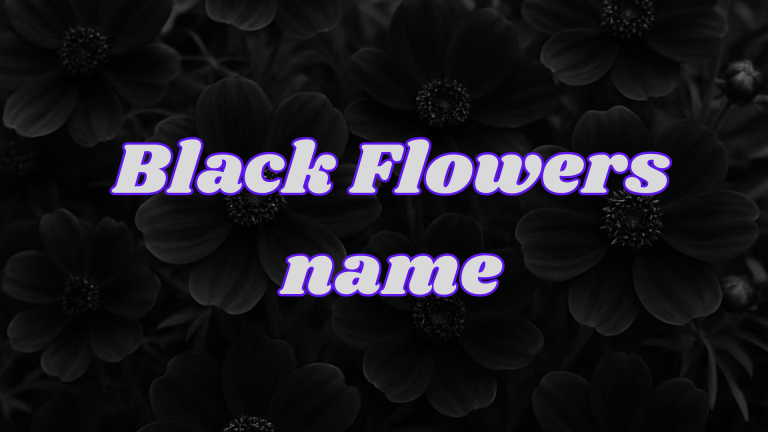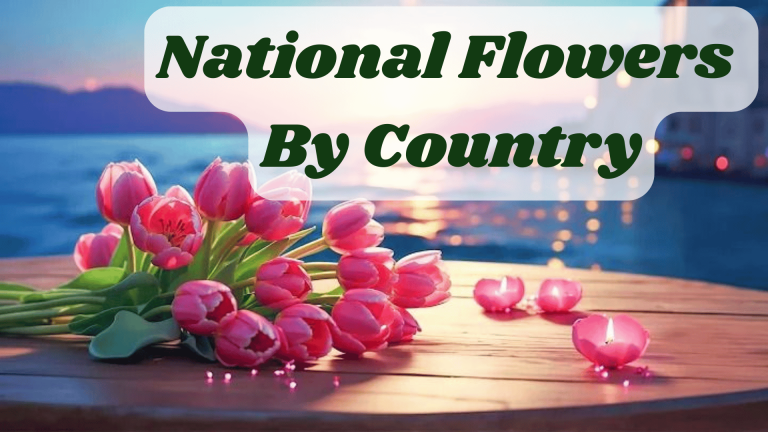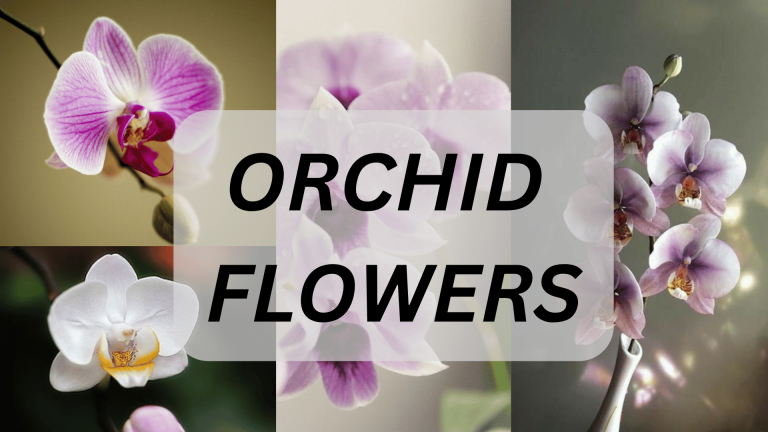15+ The Ultimate Guide to Indoor Flower Names: Beauty of your Garden
Indoor flowers not only help decorate your space – they brighten your mood, purify the air, and bring nature to your home. If you are a veteran of indoor plants or just starting your indoor gardening journey, it is necessary to know names and characteristics of popular indoor flowering plants. In this thorough guide, we’ll look at both hardy, low-maintenance flowers and slightly fussier indoor blooms.
So let’s go on a tour of the most loved indoor flowering plants and find ones that would uphold your home environment.
1. African Violet (Saintpaulia)
Botanical Name: Saintpaulia
Light: Bright, indirect light
Water: Keep soil moist but not soggy
African Violets are short, colourful and one of the most popular flowering houseplants in the world. Their velvety leaves and bright colors in purples, pinks, and whites make them popular window boxes. These beauties are best suited in moderate indoor conditions and will bloom all year round given proper attention.
Tips:
- Avoid getting water on the leaves to prevent spots.
- Use room-temperature water.
2. Peace Lily (Spathiphyllum)
Botanical Name: Spathiphyllum
Light: Low to bright, indirect light
Water: Water when topsoil feels dry
Although famous for its white, sail-like flowers, the Peace Lily is as prized for its dense, deep green leaves. It’s one of the best plants for air purification – says NASA’s clean air study.
Tips:
- Great for beginners.
- Tolerates low light, making it ideal for offices or bathrooms.
3. Orchid (Phalaenopsis and others)
Botanical Name: Phalaenopsis, Cattleya, Dendrobium, etc.
Light: Bright, indirect light
Water: Weekly or when roots appear dry
Orchids are beautiful and exotic with long lasting flowers in brilliant colors. Although they may appear to be fussy plants, the Phalaenopsis (moth orchids) and others of their kind are easy to maintain indoors.
Tips:
- Use a potting mix specifically for orchids.
- Avoid overwatering—orchids prefer to dry out a bit between watering.
4. Anthurium (Flamingo Flower)
Botanical Name: Anthurium andraeanum
Light: Bright, indirect light
Water: Weekly, allowing soil to dry slightly between watering
Anthuriums bear glossy, heart-shaped spathes (typically confused with petals) in bright red, pink, or white, to create a tropical atmosphere indoors.
Tips:
- Keep away from pets—it’s toxic if ingested.
- Humidity lovers—great for kitchens or bathrooms.
5. Begonia
Botanical Name: Begonia spp.
Light: Bright, indirect light
Water: Keep soil moist but not soggy
Indoor begonias, Rex and Rieger varieties are enjoyed for the decorative foliage and blooms. They provide a splash of color in reds, oranges, yellows.
Tips:
- Avoid overwatering; root rot is a common issue.
- Pinch off faded blooms to encourage new growth.
6. Kalanchoe
Botanical Name: Kalanchoe blossfeldiana
Light: Bright light, some direct sun
Water: Let soil dry between watering
Kalanchoes are succulent-like blossoming plants, with bunches of small, long-lasting flowers. They are easy-going varieties and perfect for sunny windowsills.
Tips:
- Prune after flowering to maintain shape.
- Do not overwater—root rot is common in succulents.
7. Cyclamen
Botanical Name: Cyclamen persicum
Light: Bright, indirect light
Water: Keep soil moist; avoid water on the crown
Cyclamen has pretty flower petals shaped like butterflies in pink, red or white. They bloom during cooler months, so they are a favorite in the winter.
Tips:
- Let them go dormant after blooming; reduce watering during dormancy.
- Water from the base to avoid rotting the crown.
8. Christmas Cactus (Schlumbergera)
Botanical Name: Schlumbergera bridgessii
Light: Moderate to bright, indirect light
Water: When soil is dry to the touch
The Christmas Cactus likes more humidity and produces incredible pink, red, or white blossoms on or near winter holidays.
Tips:
- Encourage blooming with 12–14 hours of darkness in the weeks before flowering.
- Avoid sudden changes in environment—buds may drop.
9. Geranium (Pelargonium)
Botanical Name: Pelargonium spp.
Light: Bright, direct light
Water: Allow soil to dry slightly between watering
Geraniums are plants that are commonly grown on an open field, but it can also survive in the house provided that there is sufficient sunlight. They provide cheerful, aromatic blooms available in assorted colors.
Tips:
- Regular deadheading prolongs blooming.
- Ideal for sunny windowsills.
10. Amaryllis
Botanical Name: Hippeastrum spp.
Light: Bright, indirect light
Water: Keep soil slightly moist
Amaryllis has famous huge, dramatic blossoms which grow on tall stems, so this becomes a very colorful holiday centerpiece. It’s mostly propagated from a bulb in an indoor area.
Tips:
- After blooming, allow foliage to grow and store energy for next season.
- Store bulbs in a cool, dark place for dormancy.
11. Bromeliad
Botanical Name: Bromeliaceae family
Light: Bright, indirect light
Water: Water in the central cup (tank); keep soil slightly moist
Bromeliads are tropical in nature, have flowers that last and are richly colored leaves. Their brightly colored bracts can keep up to months of interest inside the home.
Tips:
- Good airflow is essential.
- Use well-draining potting mix.
12. Jasmine
Botanical Name: Jasminum polyanthum
Light: Bright light with some direct sun
Water: Keep soil moist during blooming
Indoor jasmine plants produce small, white, fragrant blooms to add a sweet scent to a room. They usually flower in winter or early spring.
Tips:
- Provide cool temperatures in winter to trigger blooming.
- Use a trellis for vining varieties.
13. Hibiscus
Botanical Name: Hibiscus rosa-sinensis
Light: Bright, direct light
Water: Regular watering; keep soil consistently moist
A true vacation vibe of the bright, big flowers in tropical shades, hibiscus brightens up any indoor space. It requires much sun and heat to flower well.
Tips:
- Rotate regularly for even growth.
- Feed monthly during the growing season.
14. Impatiens
Botanical Name: Impatiens walleriana
Light: Moderate to bright, indirect light
Water: Keep soil evenly moist
Although mostly cultivated outdoors, impatiens can adapt in the indoor environment provided they have adequate lighting. They flower profusely and cheerfully and are good container plants.
Tips:
- Avoid cold drafts and sudden temperature changes.
- Fertilize monthly for best bloom performance.
15. Miniature Roses
Botanical Name: Rosa chinensis minima
Light: Bright, direct light
Water: Keep soil consistently moist
Yes, roses are indoor plants! Miniature roses, specifically, are dwarf and good for container growth.
Tips:
- Needs high light to bloom.
- Watch for spider mites and aphids indoors.
16. Lipstick Plant (Aeschynanthus)
Botanical Name: Aeschynanthus radicans
Light: Bright, indirect light
Water: Water when topsoil is dry
Named after the red colored lipstick-shaped flowers it bears, this trailing plant is very good for use in hanging baskets or shelves.
Tips:
- Loves humidity—mist regularly or place near a humidifier.
- Prune after flowering to encourage fullness.
17. Streptocarpus (Cape Primrose)
Botanical Name: Streptocarpus spp.
Light: Bright, indirect light
Water: Let top of soil dry between watering
These are relatives of African Violets and come in a variety of color with orchid like blooms. They’re particularly valued for their long flowering period.
Tips:
- Avoid direct sunlight.
- Deadhead to prolong blooming.
18. Oxalis (Shamrock Plant)
Botanical Name: Oxalis triangularis
Light: Bright, indirect light
Water: Water when the top inch of soil is dry
Although its foliage has a hint of clover and its flowers are dainty pink or white, Oxalis is beautiful and enchanting. It has dynamic appeal as it folds its leaves during the night.
Tips:
- Goes dormant occasionally—reduce watering and allow it to rest.
- Likes cooler temperatures.
Popular Indoor Flowers Name List
| African Violet | 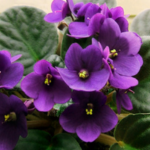 | Bright, indirect | Moist, not soggy | Avoid wetting leaves |
| Peace Lily | 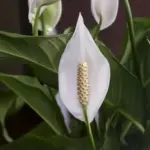 | Low to bright, indirect | When topsoil is dry | Air purifier |
| Orchid | 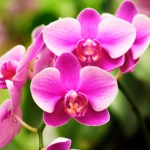 | Bright, indirect | Weekly | Use orchid potting mix |
| Anthurium | 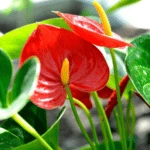 | Bright, indirect | Weekly | Toxic to pets |
| Begonia | 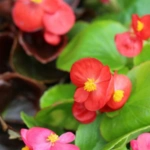 | Bright, indirect | Moist soil | Decorative foliage |
| Kalanchoe | 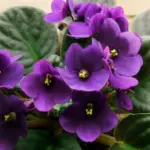 | Bright light | Dry between waterings | Succulent-like |
| Cyclamen | 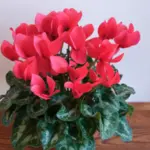 | Bright, indirect | Moist soil | Blooms in winter |
| Christmas Cactus | 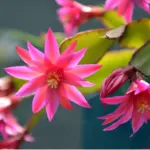 | Moderate to bright light | Dry between waterings | Winter bloomer |
| Geranium | 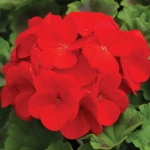 | Bright, direct | Dry slightly between watering | Sunny spot required |
| Amaryllis | 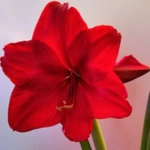 | Bright, indirect | Slightly moist | Grown from bulbs |
Conclusion
Indoor flowering plants come in an amazing number of varieties – if you need to liven up your dark spot, or want to see a showstopper on your windowsill. Each of these names for indoor flower has an accompanying set of characteristics and care needs but all these promises to add color, fragrance and life to your living space.
From the stylish Orchid to the minimal Kalanchoe, there is an indoor flowering plant that will match any lifestyle and skill level. With a little bit of knowledge and attention you can bloom your indoor garden all year round.

